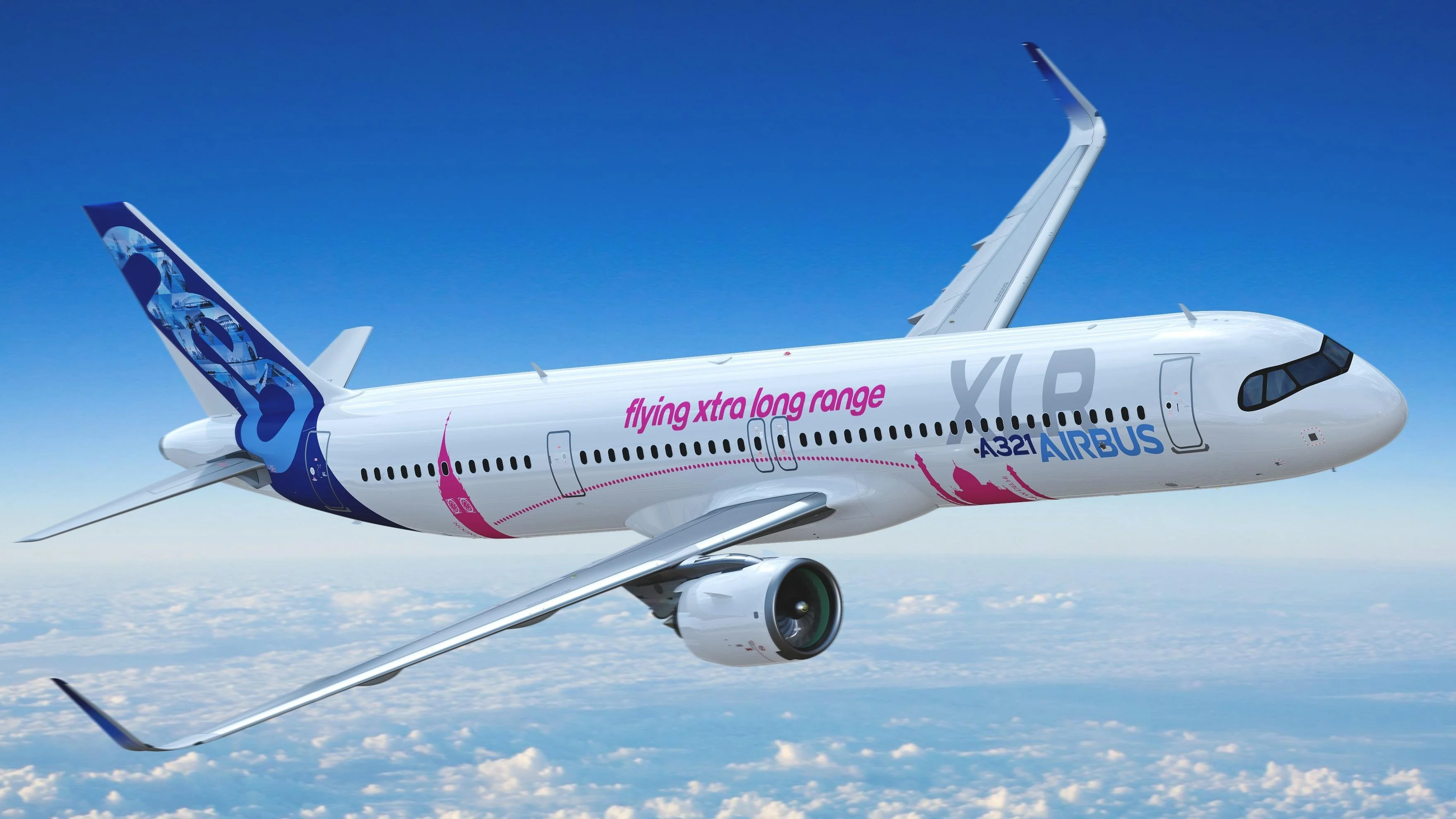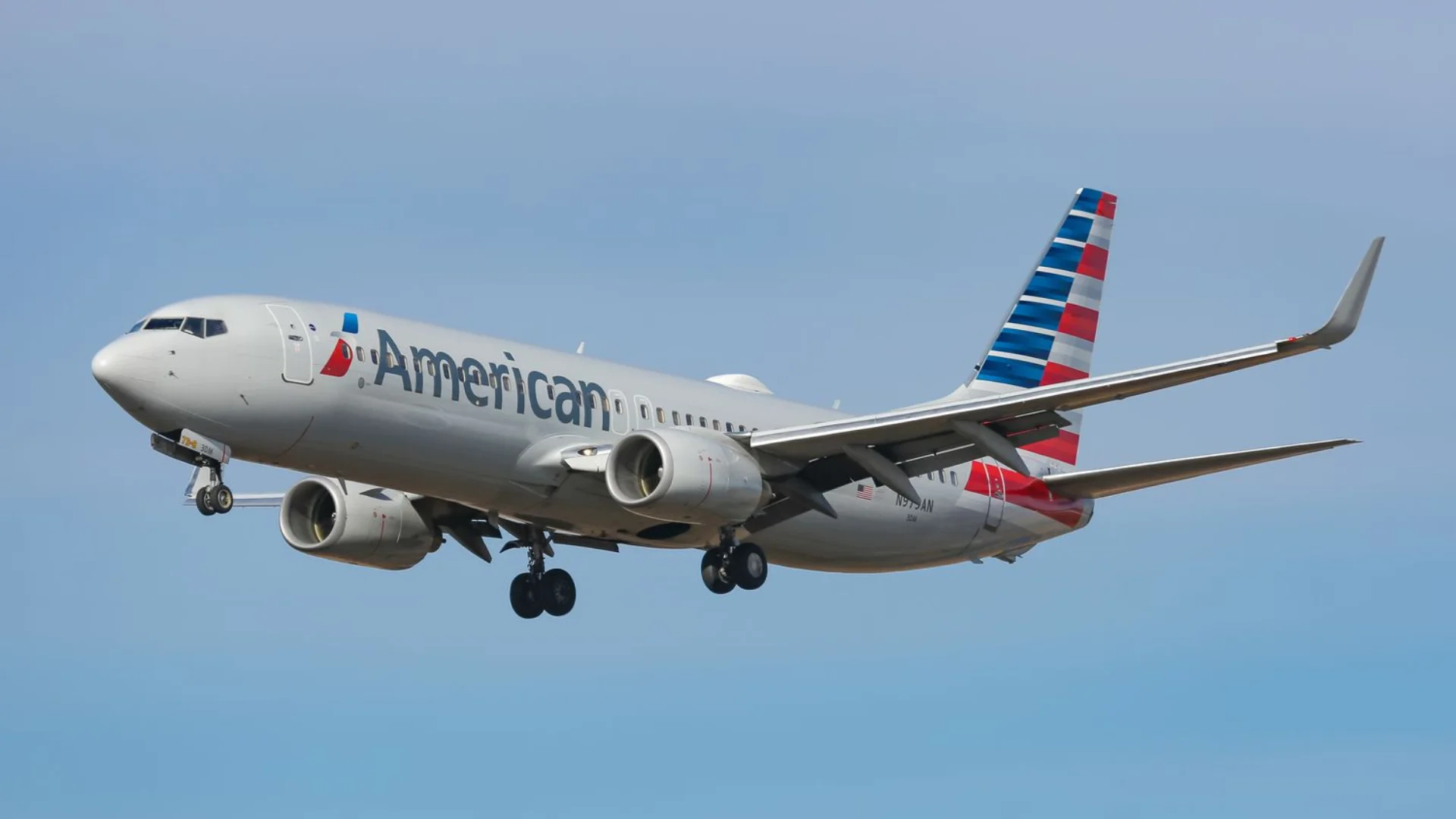A newly enhanced video circulating on social media may provide crucial insight into the cause of the Air India flight AI171 crash shortly after its departure from Ahmedabad on June 12. The 18-second footage, clearer than previous versions, captures the distinct sound of the aircraft’s Ram Air Turbine (RAT) deploying just before impact.
Experts highlight this detail as significant. The RAT is a small wind-powered turbine that emerges during extreme emergencies, designed to automatically deploy if an aircraft loses both engines or suffers a complete failure of electrical or hydraulic systems. On modern planes like the Boeing 787 Dreamliner, it serves as a last-resort system that most pilots never use.
In the case of AI171, aviation specialists indicate that the RAT's activation strongly suggests a catastrophic dual engine failure occurred seconds after takeoff. An expert explained, “It’s not designed for an airplane at 400 or 500 feet to lose all power,” but it provides minimal energy needed for flight and communication.
 Alerts Sign-up
Alerts Sign-up








